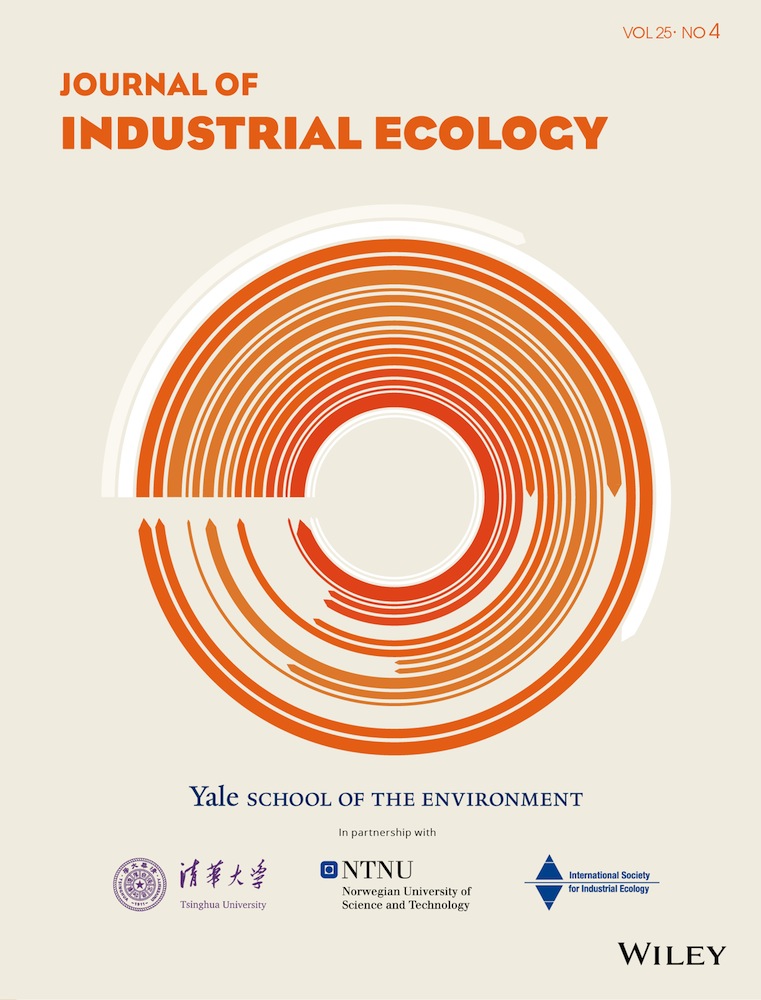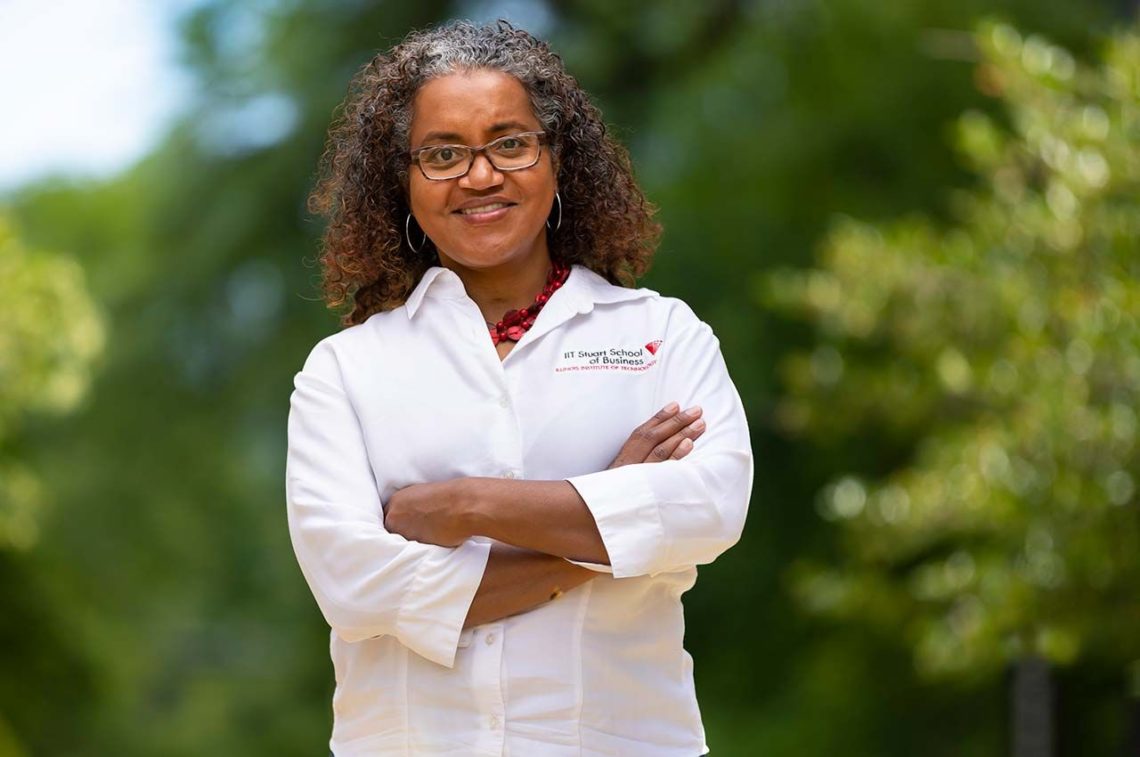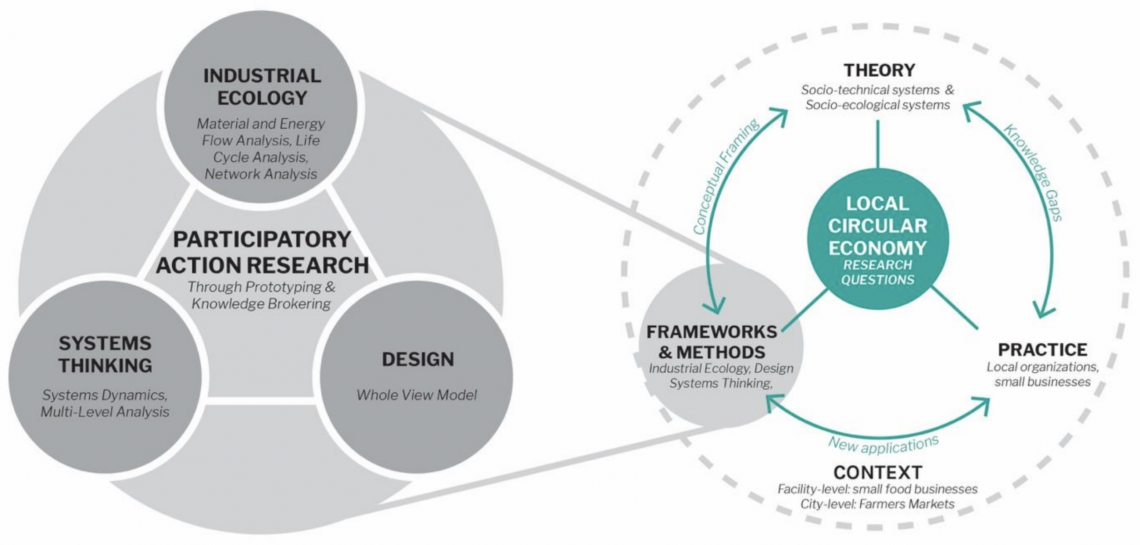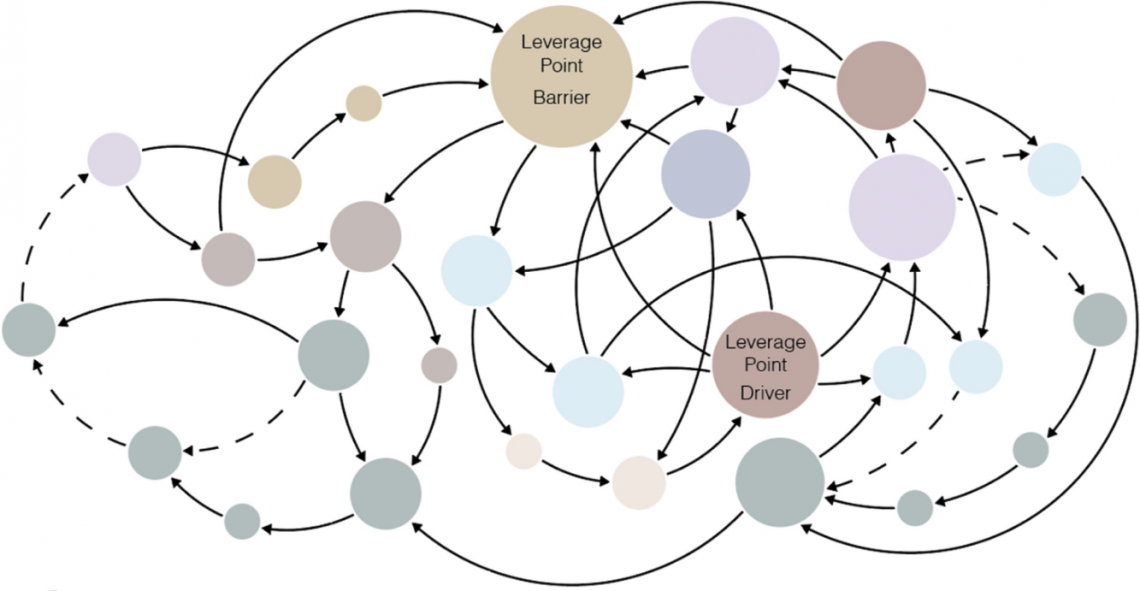Weslynne Ashton Develops Method to Determine a Business’s Environmental Sustainability and Economic Viability
September 22, 2021


Weslynne Ashton
When the owners of a bakery in Chicago were looking for a source of energy to fire their ovens that would be environmentally sustainable and economically viable, two of the three options they were considering would use waste materials from nearby businesses as fuel. Associate Professor Weslynne Ashton and two research colleagues conducted a life cycle sustainability assessment (LCSA) comparing the sustainability outcomes of the three potential fuel sources to provide the bakery owners with information about the options.
The research team took a novel approach to the project, developing an LCSA methodology that quantifies the contribution of a broader range of resources than has been used before. The Journal of Industrial Ecology has published the team’s paper, “Capital-based Life Cycle Sustainability Assessment: Evaluation of Potential Industrial Symbiosis Synergies,” which lays out their methods and results.
For the bakery’s LCSA, Ashton and co-researchers Shauhrat S. Chopra and Karpagam Subramanian, both from the City University of Hong Kong, developed a new methodology that focuses on maintaining, conserving, and regenerating capital—that is, resources that create value. The expanded scope of their assessment encompasses eight capitals: natural, social, financial, cultural, manufactured, political, human, and digital.
The new methodology builds on groundbreaking theoretical work on the eight capitals by Ashton and ID colleagues Charles L. Owen Professor in Design Carlos Teixeira and Andre Nogueira (PhD 2019) published in 2019.
The current research takes the next step. “Trying to quantify the contribution of these different of types of capital,” Ashton says, “is a completely new perspective.” Ashton and her co-researchers explore ways of measuring the contributions of different types of capital as well as building quantitative methods to assess sustainability to inform decision-making by businesses, governmental agencies, and other entities.


